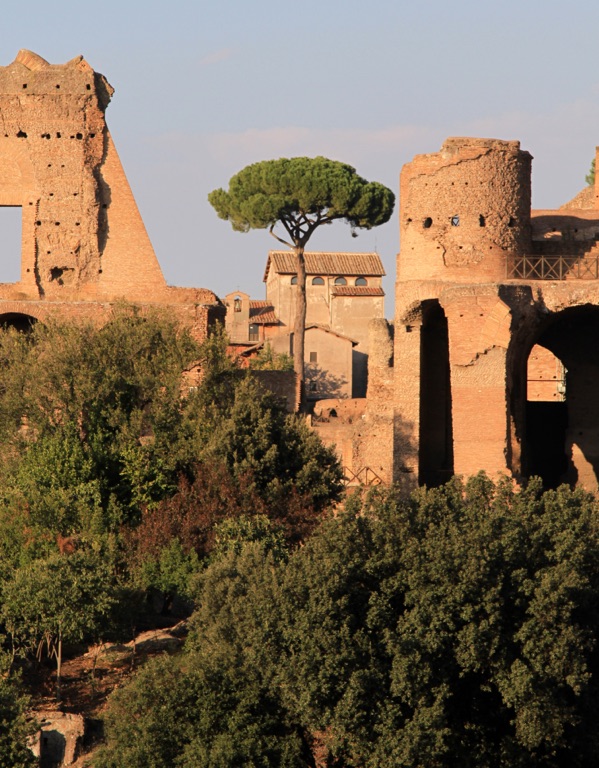Summary
Discovering Domus Severiana
The Domus Severiana stands as a testament to ancient Rome’s architectural ingenuity. Resting on the south-eastern edge of Palatine Hill, this expansive extension of the Roman Emperors’ residence overlooks the Circus Maximus and the Roman Forum. Historians and archaeologists believe Emperor Septimius Severus commissioned the grand structure in the late 2nd and early 3rd century AD. The complex showcases the Roman flair of merging form and function, as Severus aimed to solidify both his legacy and the Domus Augustana complex. The palatial remains encourage visitors to ponder the sheer scale of ancient engineering and the lifestyle of imperial Rome.
Get your dose of History via Email
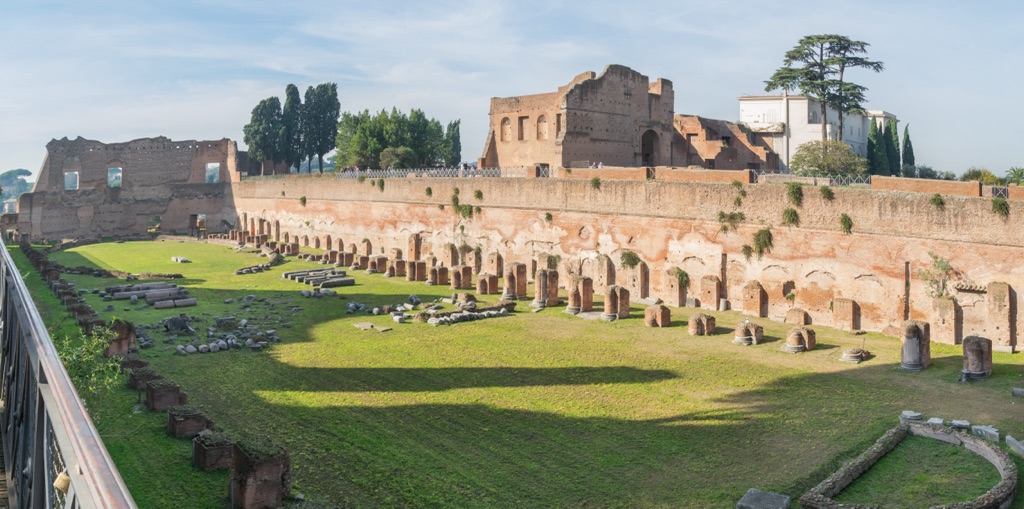
The Architectural Elegance of Antiquity
Exploring Domus Severiana offers a glimpse into the opulent living and sophisticated aesthetics of ancient Rome. The architects cleverly utilized the natural contours of Palatine Hill to create a series of terraces. With intricate bath complexes, lavish gardens, and panoramic vistas, the space was designed for both luxury and leisure. Modern-day visitors can walk through the remnants of this ancient splendor, where the line between indoor and outdoor living blurred seamlessly. The ruins evoke a sense of grandeur, allowing one to visualize the imperial family’s elegant lifestyle that once was.
Legacies Cast in Stone
Despite centuries of transformation, the Domus Severiana remains a powerful symbol of Rome’s past glory and resilience. Ruins like the Severan Arcades and residential apartments offer a connection to the emperors who once walked the corridors of power. As a part of the Palatine Hill complex, a visit to Domus Severiana is more than just a historical excursion—it’s an immersive experience that bridges millennia. It serves as a reminder of Rome’s enduring influence on architecture, governance, and culture, echoing through the ages and inspiring future generations.
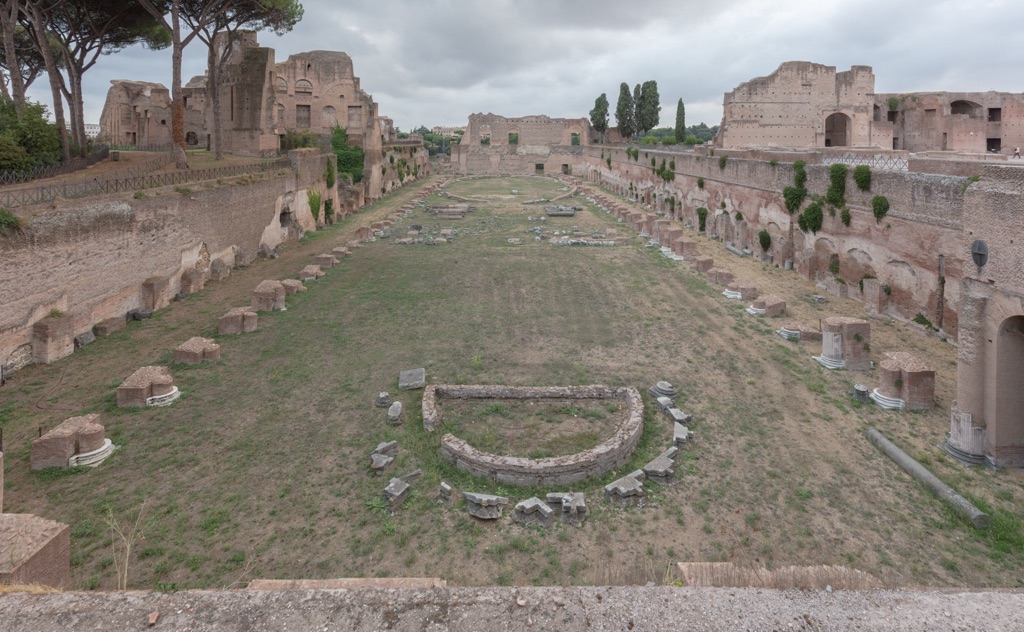
Historical Background of Domus Severiana Palatine Hill
Perched on the expanse of Palatine Hill, the Domus Severiana stands as a historical marvel from the peak days of the Roman Empire. This extensive architectural wonder was an addition to the existing palatial complex, serving as an imperial residence. Conceived under the reign of Emperor Septimius Severus, construction likely began in the late 2nd century and was completed by 203 AD. Dubbed after its patron, it reflects the emperor’s taste for grandeur, leaving an indelible mark on Roman history and culture.
Integration with the Imperial Palaces
Severus’ expansion concept was to integrate the residence with the existing palatial structure, the Domus Augustana. By doing so, he created a seamless connection to the power and prestige of his predecessors. Set against the backdrop of legendary Rome, the Domus Severiana grew in complexity and size, embodying imperial luxury. Its walls, although in ruins today, echo the stories of emperors and their courts who shaped the destiny of an empire.
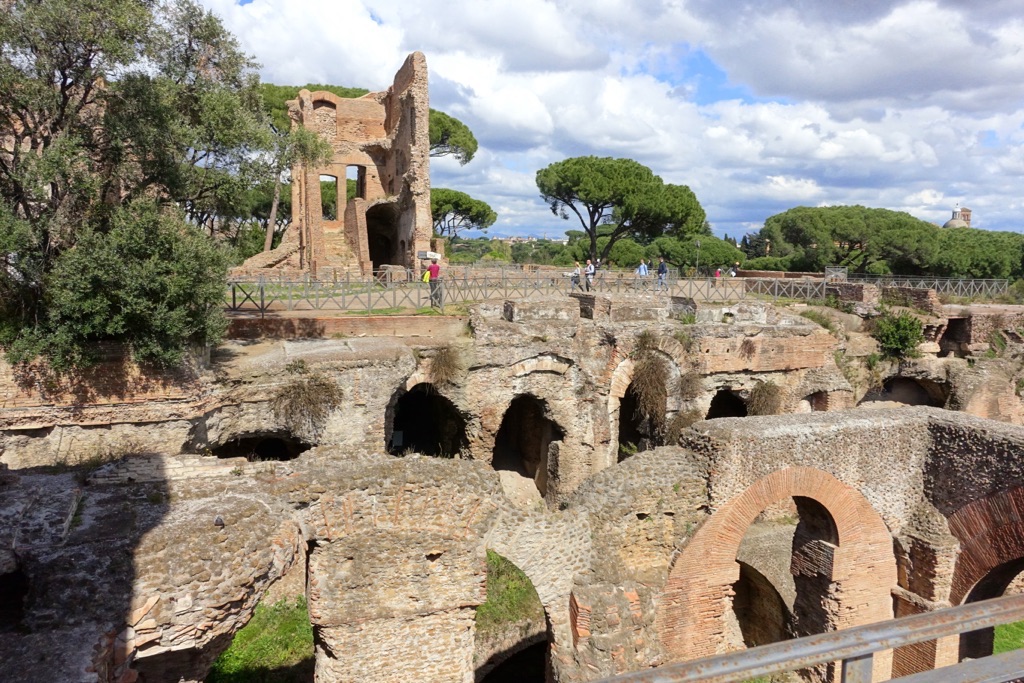
The Architectural Grandeur
The architectural mastery of the Domus Severiana is evident in its ruins and structural remnants. The intricate design included terraced buildings, garden villas, and spacious courts that showcased opulence at every corner. Ingenious engineering allowed the palace to extend over the hill’s edge, overlooking the Roman Forum. It stands as an example of the Roman Empire’s commitment to architectural experimentation and its inclination towards lavish lifestyles.
A Lifestyle of Imperial Opulence
It was within the walls of Domus Severiana that the opulent daily life of Roman emperors unfolded. From here, they governed, entertained dignitaries, and enjoyed the pinnacle of luxury that the ancient world had to offer. This site has contributed enormously to our understanding of the Roman elite’s residential architecture and their concept of luxury living.
The legacy of Domus Severiana resonates through time, as it tells a story of power, influence, and monumental architecture. It remains a significant archaeological site that offers invaluable insights into the socio-political life of ancient Rome. As visitors walk through its remnants, they tread the same ground where history was once made, in the presence of emperors and the Roman elite.
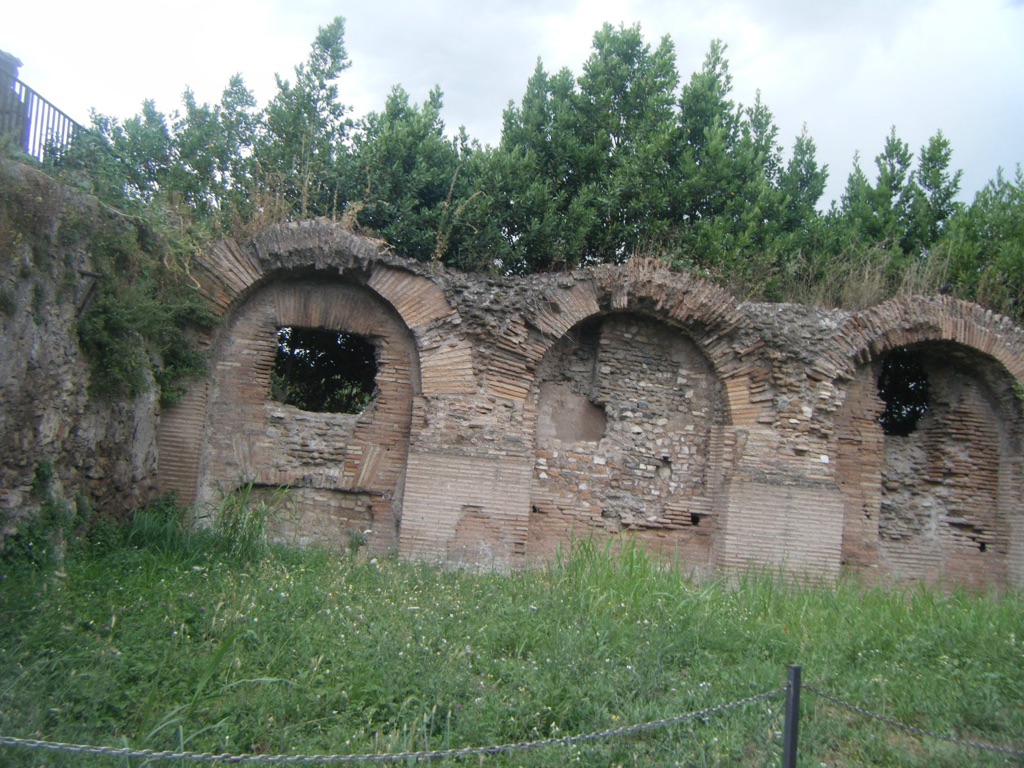
The Discovery of Domus Severiana Palatine Hill
The unveiling of Domus Severiana traces back to archaeological efforts that sought to explore the depths of Rome’s Palatine Hill. Initial discoveries led by determined archaeologists in the 18th and 19th centuries uncovered the richness lying dormant beneath centuries of overgrowth. Despite the fragments and ruins that time had left, the significance of the site as an extension of the imperial residences was immediately clear.
Initial Excavations
The breakthrough came when researchers stumbled upon the unique Severan architecture. These findings were unearthed during a time of great archaeological enthusiasm in Europe. Skilled archaeologists, fueled by Renaissance curiosity about classical antiquity, methodically excavated the Palatine. They revealed Domus Severiana’s sprawling complexes and its intricate bath systems. This significant discovery shed light on the sophisticated water infrastructure that once served the Roman elites.
Official Documentation
Archaeological work continued into the 20th century, advancing with the meticulous documentation by respected experts. It was during these years that the structural details of Domus Severiana were mapped in greater detail. Academics and historians pieced together the layout and functions of the various sections. They provided a clearer picture of how the complex was used by the Roman emperors and their families.
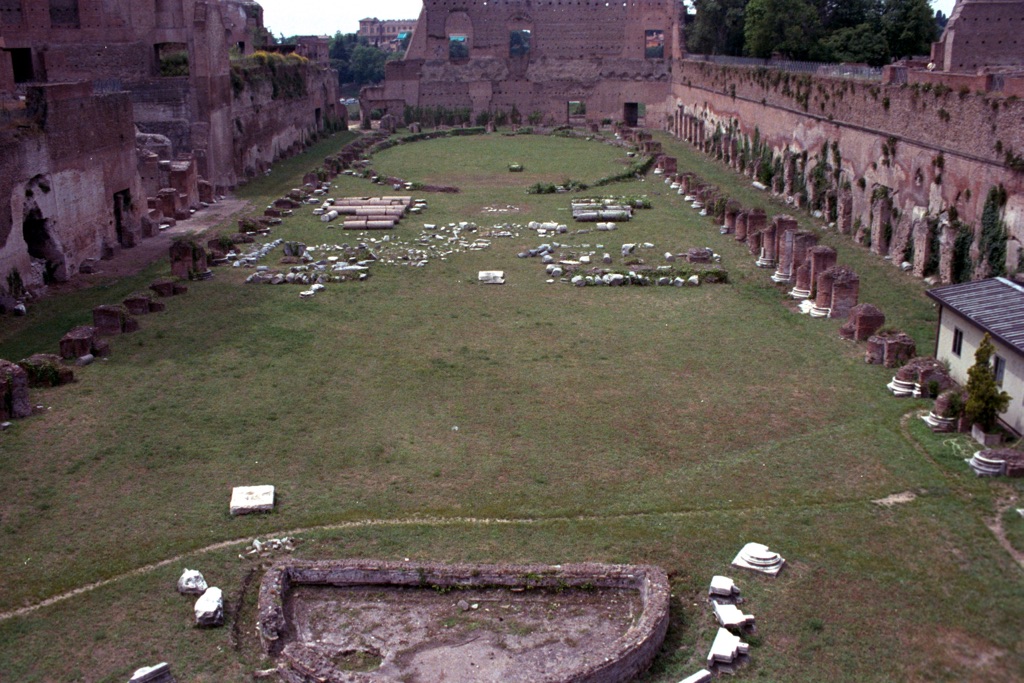
Recent Revelations
More recently, archaeological technology has facilitated non-invasive probes into the hill’s composition. Techniques such as ground-penetrating radar have confirmed earlier theories and unearthed previously unknown facets of the complex. Such technology has allowed a fuller understanding of the architectural sophistication without disturbing the site’s integrity.
The story of Domus Severiana continues to captivate researchers and visitors alike. As ongoing explorations unearth more of its secrets, its role in the heart of ancient Rome grows ever clearer. The site not only offers a portal into the lavish life of emperors but also shines as a beacon of Rome’s eternal legacy.
Cultural Significance, Dating methods, Theories and Interpretations
Domus Severiana, an integral part of Palatine Hill’s imperial palaces, holds vast cultural significance. Scholars often interpret it as a clear representation of imperial might and domestic lifestyle in ancient Rome. It emphasized the emperor’s authority and cultivated an image of divine status among the populace. The cultural impact of Domus Severiana extends beyond its physical remnants; it shaped Roman standards of luxury and influenced architectural style throughout the empire.
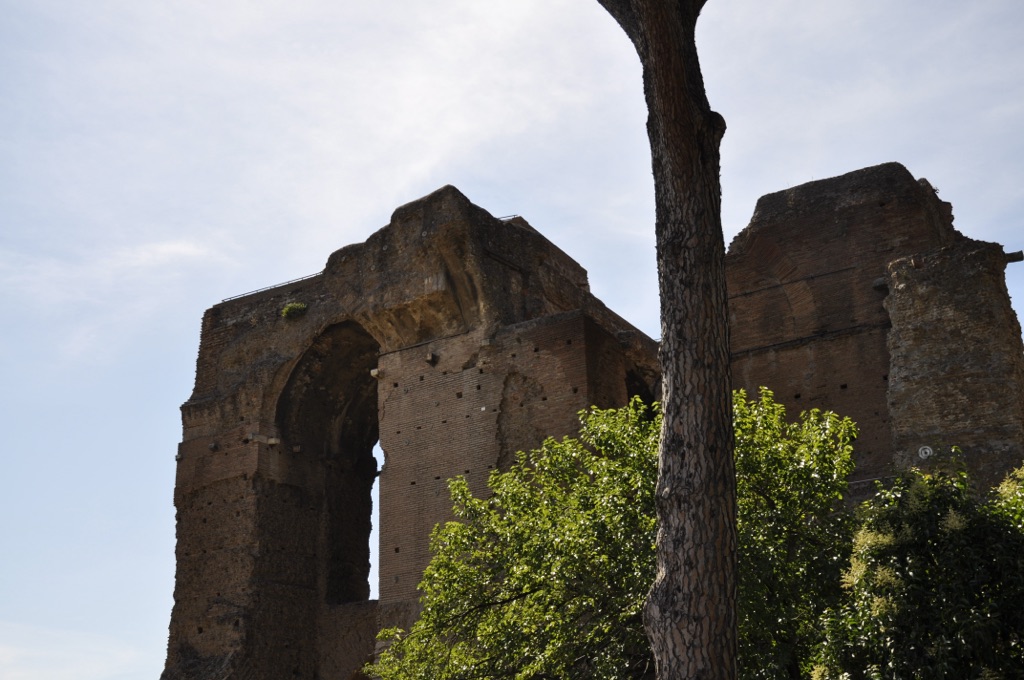
Unraveling the Timeline
Dating the construction of Domus Severiana relies heavily on historical records and architectural styles. Scientists and historians use methods such as stratigraphy, material analysis, and references in ancient texts to estimate its inception during Emperor Septimius Severus’s reign. The precise application of such dating methods allows for a timeline that aligns with historical events and societal transformations, providing context to the site’s development.
Theoretical Frameworks
The function of Domus Severiana has sparked various scholarly theories. Some propose it served exclusively as a stately residence. Others suggest it housed administrative functions or leisurely retreats. Interpretations of its use rely on the careful examination of room layouts, artifacts discovered on-site, and ancient writings. These theories attempt to piece together everyday life in imperial Rome, offering glimpses into the empire’s societal structure.
Artistic and Architectural Interpretations
Artistic elements found within the ruins of Domus Severiana contribute to our understanding of Roman art and interior decoration. Mosaics and frescoes reflect the period’s aesthetic preferences and the empire’s diverse cultural influences. Architecturally, the complex’s design demonstrates advanced Roman engineering skills and has become a benchmark for studying the evolution of large-scale residential design in ancient civilizations.
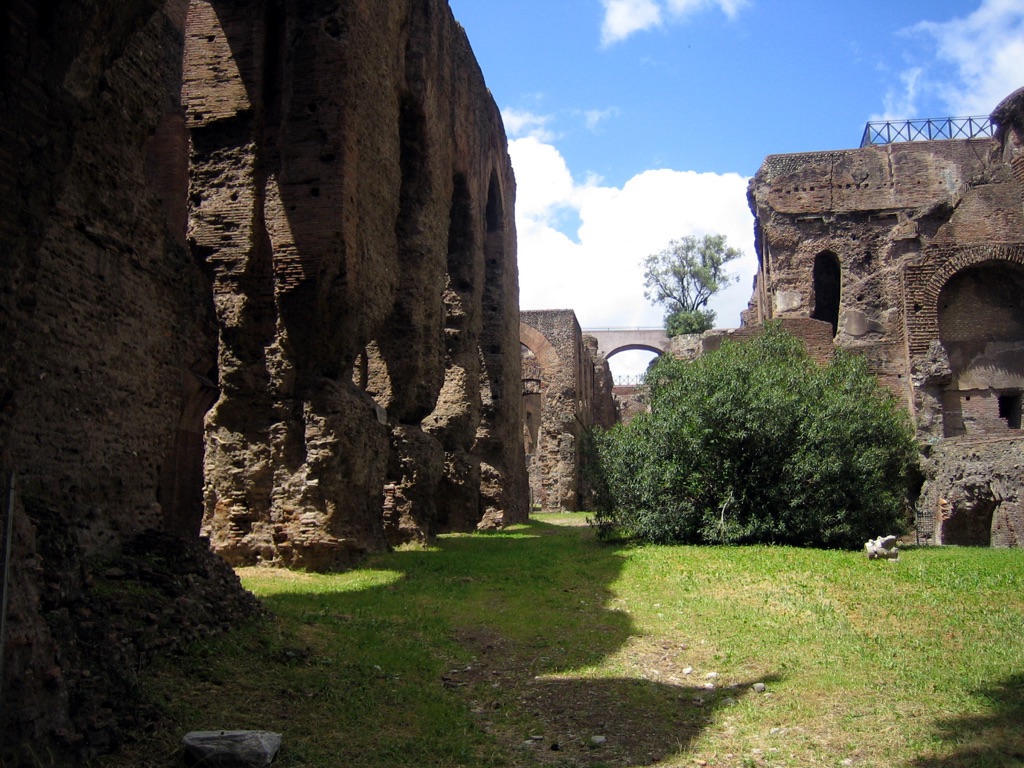
Ultimately, interpretations and theories about Domus Severiana remain fluid as ongoing research and discovery continue to shape our understanding of its role and significance. Each new piece of evidence provides a deeper look into the luxurious lifestyle of ancient Rome’s elite, and Domus Severiana remains at the heart of this captivating historical narrative.
Conclusion and Sources
In the grand tapestry of Rome’s history, the Domus Severiana on Palatine Hill serves as a poignant chapter, reflecting the opulence and influence of the Roman Empire. This architectural masterpiece, though now a ruin, continues to inform and captivate historians, archaeologists, and visitors. It offers an invaluable window into the lives of the emperors who once reigned and the enduring legacy they left behind. As research progresses, the Domus Severiana will undoubtedly reveal more of its secrets, allowing us to piece together a more comprehensive history of this remarkable civilization.
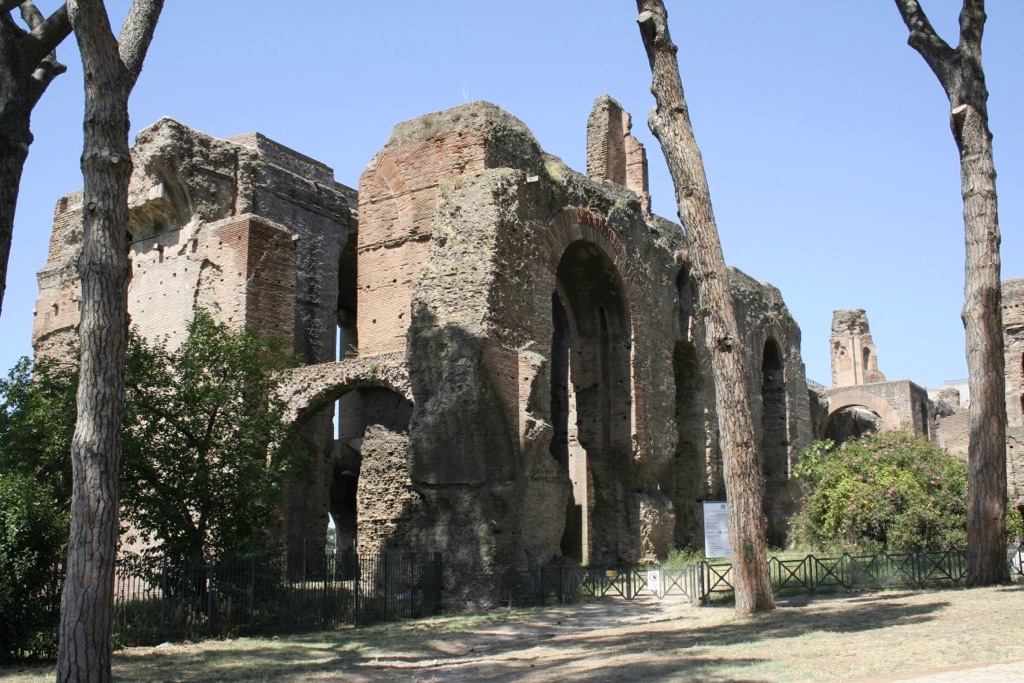
For further reading and to validate the information presented in this article, the following sources are recommended:
Or you can check any of these reputable archaeological and historical texts:
Coarelli, F. (2014). ‘Palatine Hill and Roman Forum’, In Rome and Environs: An Archaeological Guide (pp. 21-83). University of California Press.
Claridge, A. (2010). ‘Houses and Palaces’, In Rome: An Oxford Archaeological Guide (pp. 195-249). Oxford University Press.
Favro, D. (2005). ‘The Roman Emperor’s New Clothes’, In The Urban Image of Augustan Rome (pp. 115-153). Cambridge University Press.
Rodgers, N. (2005). ‘The Houses and Monuments of Pompeii’. The History Press.
Zanker, P. (1998). ‘The Power of Images in the Age of Augustus’ (A. Shapiro, Trans.). University of Michigan Press.
“`

